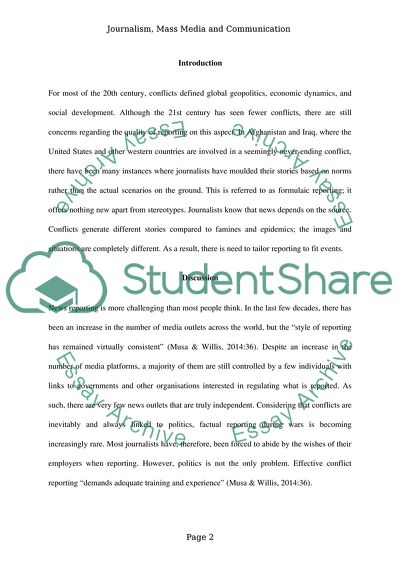Cite this document
(How can Journalists Avoid Reducing Conflict to Spectacle Assignment Example | Topics and Well Written Essays - 3250 words, n.d.)
How can Journalists Avoid Reducing Conflict to Spectacle Assignment Example | Topics and Well Written Essays - 3250 words. https://studentshare.org/journalism-communication/1870997-how-can-journalist-avoid-reducing-conflict-to-spectacle
How can Journalists Avoid Reducing Conflict to Spectacle Assignment Example | Topics and Well Written Essays - 3250 words. https://studentshare.org/journalism-communication/1870997-how-can-journalist-avoid-reducing-conflict-to-spectacle
(How Can Journalists Avoid Reducing Conflict to Spectacle Assignment Example | Topics and Well Written Essays - 3250 Words)
How Can Journalists Avoid Reducing Conflict to Spectacle Assignment Example | Topics and Well Written Essays - 3250 Words. https://studentshare.org/journalism-communication/1870997-how-can-journalist-avoid-reducing-conflict-to-spectacle.
How Can Journalists Avoid Reducing Conflict to Spectacle Assignment Example | Topics and Well Written Essays - 3250 Words. https://studentshare.org/journalism-communication/1870997-how-can-journalist-avoid-reducing-conflict-to-spectacle.
“How Can Journalists Avoid Reducing Conflict to Spectacle Assignment Example | Topics and Well Written Essays - 3250 Words”. https://studentshare.org/journalism-communication/1870997-how-can-journalist-avoid-reducing-conflict-to-spectacle.


